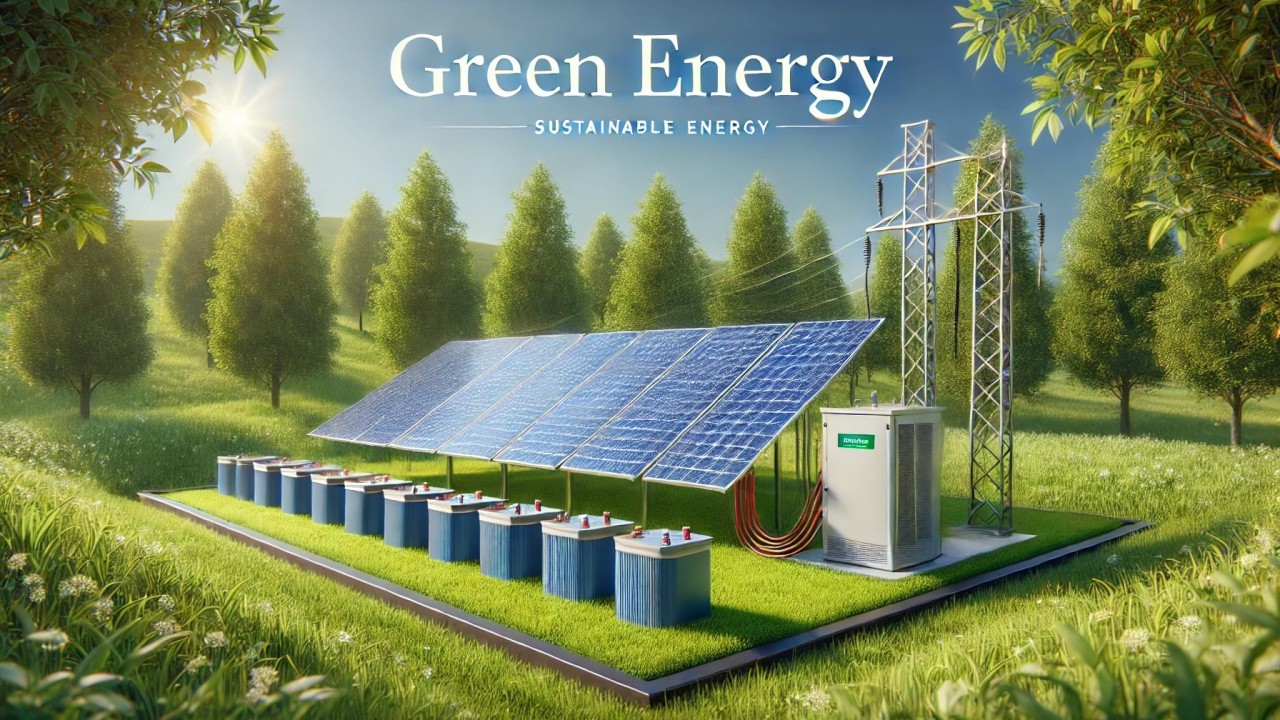As the world increasingly turns to clean energy, solar battery storage has emerged as a cornerstone of the renewable energy revolution. While today's batteries already allow homeowners and businesses to store excess solar power, the next decade promises groundbreaking changes. But what will solar battery storage look like in 10 years?
As the world increasingly turns to clean energy, solar battery storage has emerged as a cornerstone of the renewable energy revolution. While today's batteries already allow homeowners and businesses to store excess solar power, the next decade promises groundbreaking changes. But what will solar battery storage look like in 10 years? Let’s explore the future.

Current lithium-ion batteries are efficient, but in the next decade, we’ll likely see:
Advancements in materials like solid-state batteries and graphene-based storage could change the game entirely.
As battery tech matures and manufacturing scales up, the cost of solar battery storage is expected to fall by 50–70%. This will make energy storage more accessible to:
Solar batteries may become as common as home Wi-Fi routers!
Within a decade, solar batteries will become intelligent systems. Expect:
These features will allow batteries to charge, discharge, and communicate with power grids autonomously, ensuring maximum efficiency.
Eco-conscious consumers and governments are demanding sustainable battery production. In response:
This shift will reduce the environmental impact of energy storage.
By 2035, solar battery storage won't be limited to homes or solar farms. Instead, they’ll be everywhere:
Even grid-scale batteries will become smarter and more compact, stabilizing national energy systems.
One of the most exciting possibilities: households may trade solar energy with neighbors or local grids using blockchain-powered platforms. You could sell excess power from your battery during peak hours and earn credits — a true energy marketplace.